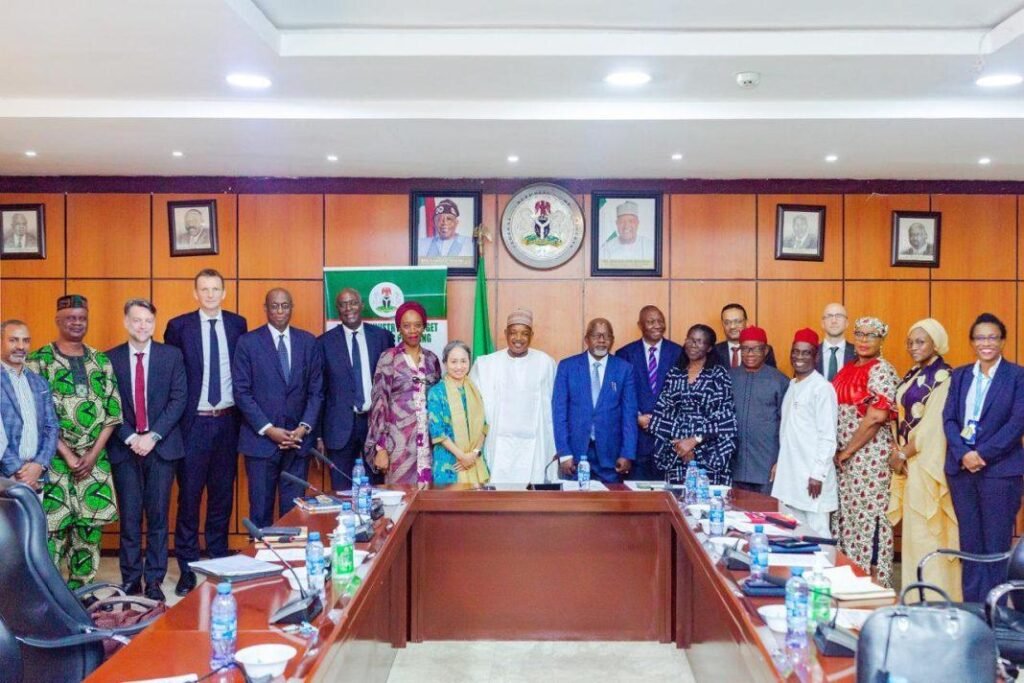Improving Aviation Safety in Nigeria: Challenges and Solutions
Written by Blessing Ajibuwa on July 1, 2025
Aviation safety is a critical issue in Nigeria’s air transport sector, affecting not only passenger confidence but also economic growth and global perception. Despite notable advancements, challenges remain, ranging from air traffic safety and aircraft maintenance to regulatory compliance.
The State of Aviation Safety in Nigeria
Nigeria’s aviation sector has witnessed significant progress in recent years, yet ongoing efforts to enhance safety measures continue to present opportunities for improvement. The Nigerian Civil Aviation Authority (NCAA) and industry stakeholders have made strides in addressing safety concerns, but more work is needed to achieve international best practices.
Expert Opinion: Strengthening Aviation Safety in Nigeria
According to Engr. Ayegba David Haruna, an Aviation Safety Expert with over two decades of experience, several key areas require improvement:
– *Enhancing Regulatory Compliance and Oversight*: Strengthening oversight mechanisms, conducting frequent audits, and ensuring stricter enforcement of regulations will foster a more accountable industry.
– *Investment in Training and Technology*: Investing in continuous training for pilots, air traffic controllers, and maintenance crews is essential. Integrating predictive maintenance technologies and real-time safety monitoring can help prevent mechanical failures.
– *Modernizing Infrastructure and Air Traffic Management*: Implementing advanced radar systems, improving communication networks, and upgrading airport facilities will enhance operational efficiency and reduce airspace congestion.
Leveraging Technology to Enhance Aviation Safety
To keep pace with global advancements, Nigeria must harness emerging aviation technologies. Some potential solutions include ¹ ²:
– *Artificial Intelligence (AI)*: Enhancing risk prediction and safety monitoring systems to detect operational risks before they escalate into major incidents.
– *Automation in Air Traffic Control*: Managing increasing flight volumes more efficiently and reducing the risk of human error.
– *Predictive Maintenance*: Utilizing IoT sensors to enable real-time aircraft health monitoring and significantly reducing the risk of in-flight failures.
Conclusion
Improving aviation safety in Nigeria requires a multi-faceted approach that addresses regulatory compliance, training, technology, and infrastructure. By working together and leveraging emerging technologies, Nigeria can build a safer, more efficient aviation sector that meets international best practices.






